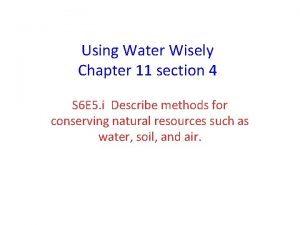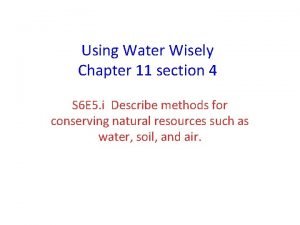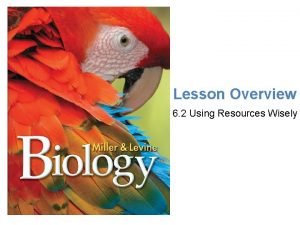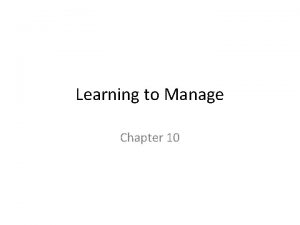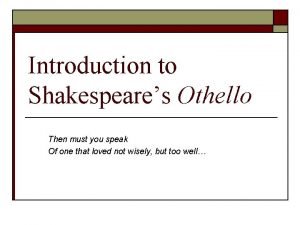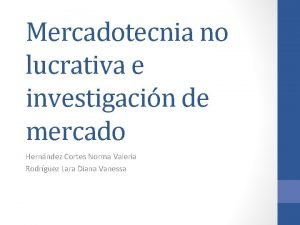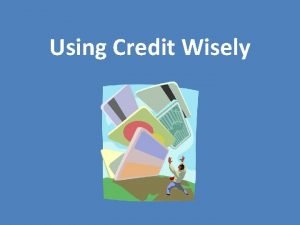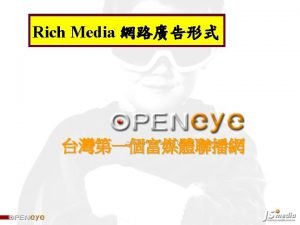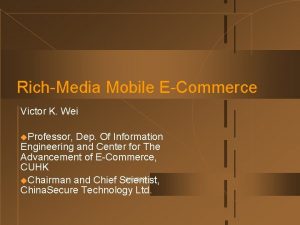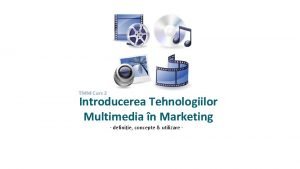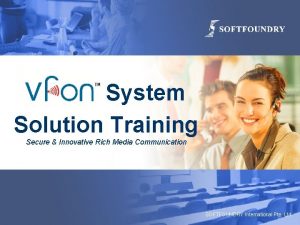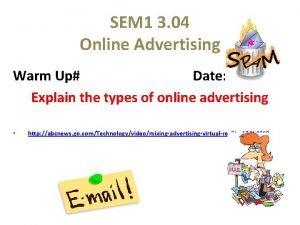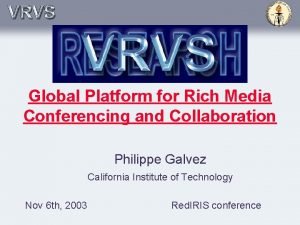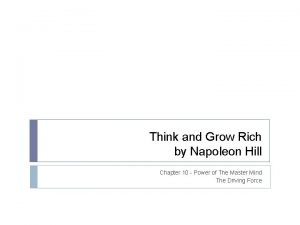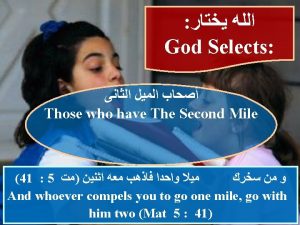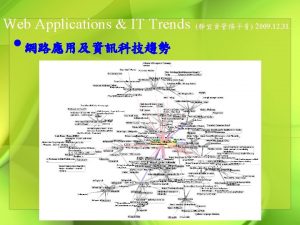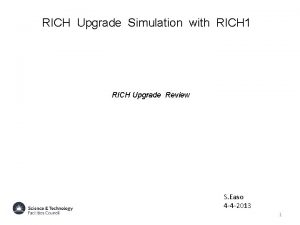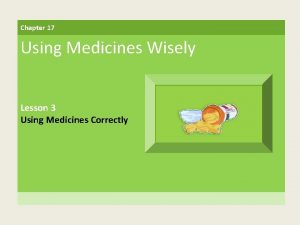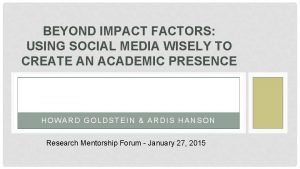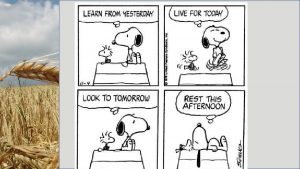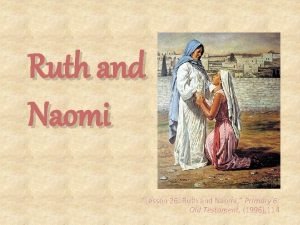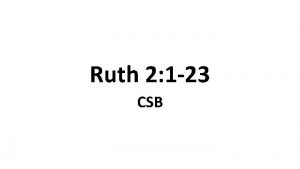Chapter 32 Using Rich Media Wisely Ruth C



















- Slides: 19

Chapter 32 Using Rich Media Wisely Ruth C. Clark Richard E. Mayer LT 8000 – Foundations of Instructional Design & Technology Fall 2014 Presented By Kellye R. Whitaker, Graduate Student November 11, 2014

Rich Media – What is it? • Use the whiteboard to write what you think it means • Rich Media - instructional programs that incorporate highend media such as video, animation, and audio (Clark & Mayer, 2012). • Rich Media - a broad set of media systems (multimedia, social network systems, and Web-based tools) with favorable capabilities that communicate and organize information so that learners can form and/or present meaning. (S. Covello, 2014)

Multimedia • Multimedia - Presentation of material using both words (text) and pictures. By pictures, he means that the material is presented in pictorial form such as using static graphics, including illustrations, graphs, photos, or maps, or using dynamic graphics, including animation or video (Mayer, 2001)

Rich Media for e-Learning and Marketing • Access via short videos, playing games, consuming infographics and animations, and even engaging with augmented reality on everything from laptops to smartphones • Access is not without challenges • We spend only about 1/20 of a second deciding to engage— or not—with digital stimuli • Millward Brown Digital Predictions 2014. pdf

Rich Media for e-Learning and Marketing – Studies suggest one appealing visual enough to attract attention – Crisp, clear appearance require minimal cognitive load – Corona - 2013 Brand. Z Top 50 Most Valuable Latin American Brands - instant recognition via minimalist design is increasingly the aim of great brands! – Media that is visually rich and thematically relevant is the goal whether for marketing or learning content

Two Approaches to Multimedia Design • Technology-Centered • Focuses - Incorporating new technology into instruction. • Goal - Provide access to information • Issue - “How can we use cutting edge technology to design instruction or create multimedia presentations? ” • Learner-Centered • Focus – Centered on the learner and how the people learn; Evidence-based-practice; • Goal - Aid in human cognition • Issue - "How can we adapt rich media to aid in human cognition? '

How People Learn • • • “People learn better when multimedia messages are designed in ways that are consistent with how the human mind works and with research-based principles” (Mayer, 2001). How does learning work? Working memory and long-term memory shape learning process Working memory is the center of conscious thinking BUT IS LIMITED IN CAPACITY Therefore, effective instructional strategies MUST accommodate the limited capacity of working memory.

Cognitive Load Theory • Brief video by Andrew Wolf • <iframe width="560" height="315" src="//www. youtube. com/embed/9 Zcj. Wz. XTHng? list=PLaxm. E 43 W r 4 n 2 HY 8 Z 71 -Q_Fxxeqv-F 2 Tbo" frameborder="0" allowfullscreen></iframe> • http: //youtu. be/9 Zcj. Wz. XTHng? list=PLaxm. E 43 Wr 4 n 2 HY 8 Z 71 Q_Fxxeqv-F 2 Tbo

Best Use of Visuals and Words in Multimedia Training Question 1 – Do visuals improve learning? • Words and visuals offer the brain two opportunities to build meaning – one from the words and the second from corresponding images; encourages learners to make connections between them • Q - Worth the investment ? (i. e. , time, cost, money) • Example: How bicycle pump works using visuals and words Bicycle tire pumps vary in the number and location of the valves they have and in the way air enters the cylinder. Some simple tire pumps have the inlet valve on the piston and the outlet valve at the closed end of the cylinder. A bicycle tire pump has a piston that moves up and down. Air enters the pump near the point where the connecting rod passes through the cylinder. As the rod is pulled out, air passes through the piston and fills the area between the piston and the outlet valve. As the rod is pushed in, the inlet valve closes and the piston forces air through the outlet valve.

Best Use of Visuals and Words in Multimedia Training HANDLE As the rod is pulled out, air passes through the piston PISTON INLET VALVE As the rod is pushed in, the inlet valve closes OUTLET VALVE HOSE and fills the area between the piston and the outlet valve. and the piston forces air through the outlet valve.

Best Use of Visuals and Words in Multimedia Training Question 2 – For whom do visuals improve learning? • Learner’s prior knowledge important individual differences consideration in instructional design • No evidence supports designing lessons to match learning styles • Some benefit more from visuals than others • Novices benefit most from visuals • Expert learners benefited most from audio instructions

Best Use of Visuals and Words in Multimedia Training Question 3 – Are richer visuals better for learning • Richer visuals – more detailed or more complex (i. e. , 3 D compared to line drawing) cost more, more time consuming to produce; require greater bandwidth to deliver than leaner visuals • Are rich visuals effective? • Adding a visual to text improves understanding – both simple and complex visuals was more effective than no visual • When If comparing simple and complex visuals, a simpler visual is more effective than a 3 D graphic • Graphics vs. Animation - unless displaying an interpersonal skill, physical procedure or when a learner is controlling the pace of the presentation, a less intensive animation is best • less intensive animation - still graphics described by text

Best Use of Visuals and Words in Multimedia Training Question 4 – Do Visuals Added for motivation Improve Learning? • Negative effects of the practice of “spicing” up lessons with visuals to make them more interesting – seductive details; seductive visuals • Does adding rich media in the form of stories or themes improve learning? • Learners may find lessons with seductive details “interesting” but studies show lessons containing that these lessons showed “depressed” learning gains compared to lessons that omitted the seductive details • Less is More --- Learning how system works can be improved when less material is presented (Mayer, 2009)

Best Use of Visuals and Words in Multimedia Training Question 5 – Is Learning better from Visuals Explained by Words in Audio or in Text? • Learning is more effective when visuals are explained by audio narration (i. e. , the modality effect) • Keep in mind following issues as you plan to use text and audio in elearning: • Information is presented in auditory mode is transient • In some situations, on-screen text is more appropriate for memory support • When audio narration is used to describe visuals, opportunity t to review should be provided via a replay button • The modality effect assumes fluency in language; so non-native speakers may find that narration adds more cognitive load than on-screen text

Principles of Multimedia Learning • Multimedia principle: People learn better from words and pictures than from words alone. • Spatial contiguity principle: People learn better when corresponding words and pictures are presented near rather than far from each other on the page or screen. • Temporal contiguity principle: People learn better when corresponding words and pictures are presented simultaneously rather than successively. • Coherence principle: People learn better when extraneous words, pictures, and sounds are excluded rather than included. • Modality principle: People learn better from animation and narration than from animation and on-screen text.

Principles of Multimedia Learning (continued) • Redundancy principle: People learn better from animation and narration than from animation, narration, and on on-screen text. • Personalization principle: People learn better when the words are in conversational style rather than formal style • Interactivity principle: People learn better when they have control over the pace of the presentation. • Signaling principle: People learn better when the words include cues about the organization of the presentation. • Individual differences principle: Design effects are stronger for low-knowledge learners than for high-knowledge learners. Design effects are stronger for high-spatial learners than for low-spatial learners

To Summarize How to Use Rich Media Wisely? • Utilize components of instruction so that modes and methods will accommodate Learners prior knowledge • Take a “learner-centered” rather than “technology-centered” approach; • Instructional design should be based on a theory of how the human mind works (i. e. , theory-based); and • Instructional design should be based on research findings (i. e. , research-based).

In closing, remember…. . “People learn better when multimedia messages are designed in ways that are consistent with how the human mind works and with research-based principles” (Mayer, 2001).

References Clark, R. C. , & Mayer, R. E. (2003). E-learning and the science of instruction. San Francisco: Jossey-Bass. Mayer, R. E. (2001). Multimedia learning. New York: Cambridge University Press. Mayer, R. E. (2003). Learning and instruction. Upper Saddle River. NJ: Prentice Hall. Reiser, R. A. , & Dempsey, J. V. (2012). Ch. 32: Using Rich Media Wisely. In Trends and issues in instructional design and technology (3 rd ed. , pp. 309 -319). Boston, MA: Pearson. http: //idmodule. com/rich-media-redefined-teaching-learningonline/
 Chapter 11 section 4 using water wisely answer key
Chapter 11 section 4 using water wisely answer key Using water wisely
Using water wisely Using resources wisely is called
Using resources wisely is called Wisely using resources to achieve goals is known as
Wisely using resources to achieve goals is known as 4.3 using studies wisely
4.3 using studies wisely Choosing food wisely quiz
Choosing food wisely quiz Choose your food wisely
Choose your food wisely Iambic pentameter othello
Iambic pentameter othello Lucrativae
Lucrativae Choosing wisely geriatrics
Choosing wisely geriatrics Helen leathem
Helen leathem Wisely wicked
Wisely wicked Wisely definition
Wisely definition Rich media showcase
Rich media showcase Rich media ecommerce
Rich media ecommerce Reclame rich media
Reclame rich media Rich media communication
Rich media communication Advantages and disadvantages of mobile marketing
Advantages and disadvantages of mobile marketing Rich media exemple
Rich media exemple Think and grow rich chapter 10
Think and grow rich chapter 10
